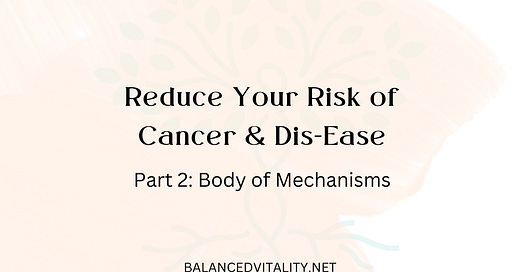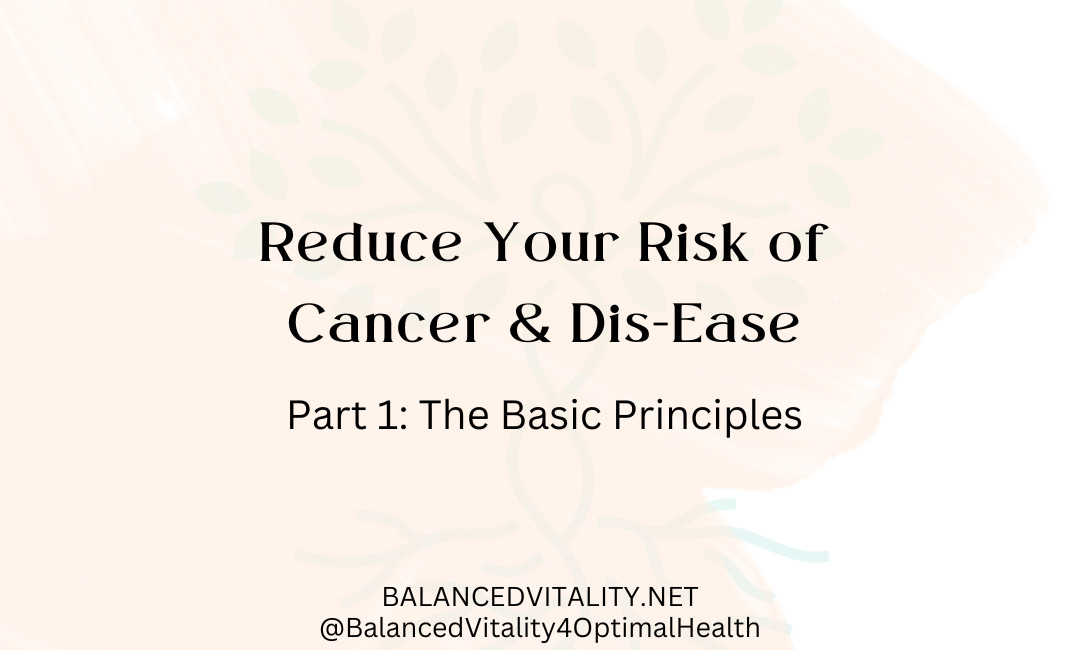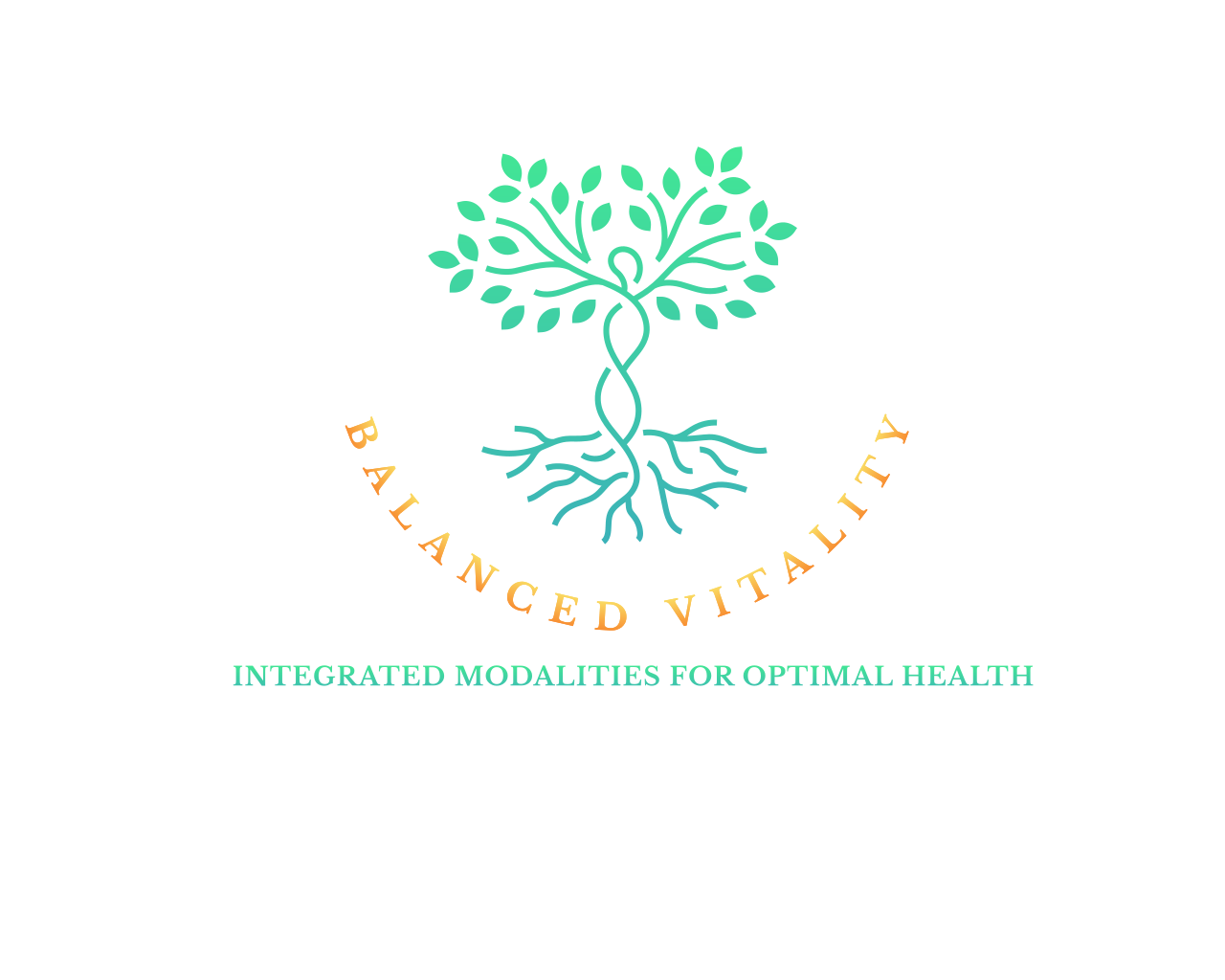Your body, contrary to what conventional medicine seems to think, consists of incredible mechanisms and that are made up of not only human genes, but bacterial and virus genes as well! These mechanisms are vital processes within our bodies that work together in order to help us maintain equilibrium. Below I will give a very high-level overview of each and how they work together.
The System of Mechanisms
The lymphatic system is the first of the mechanisms we will look at. It is an important subsystem of the circulatory system and consists of a group of vessels, tissue, and organs. It helps aide the removal of dead, abnormal, and cancerous cells. In addition, it also helps remove toxins from the body. For these reasons, it is vital that this system be supported.
Your immune system is the next part of these mechanisms that is crucial and needs to be supported properly. Your immune system (well over 70% of which resides in your gut), helps to fight off invading pathogens, bacteria and viruses. Not only that, but it also helps to eliminate cancer cells as well. An imbalance in your immune system, specifically TH1 or TH2, can result in certain dis-ease or cancer presenting within the body.
The cardiovascular system is next on our list in need of proper support. It helps to send nutrients through the bloodstream to the parts of your body that need it for healing and rejuvenation, with the help of your heart. Without proper heart function, clear arteries, and a liver that can properly filter the blood, healing and rejuvenation become extremely difficult.
Your nervous system, comprised of the Sympathetic and Parasympathetic branches, helps to determine if something is safe (parasympathetic); the healing response, or dangerous (sympathetic); activates the fight or flight response. Calming and balancing this system is no easy task. Let’s face it, life can be extremely stressful at times, especially if we are facing something fearful, annoying, painful, or bothersome. It takes much practice to be able to calm yourself in the middle of chaos, pain or during intense emotional challenges. Make no mistake though, it is possible!
And last but certainly not least, the digestive system! The digestive system is comprised of not just your duodenum (small intestine) and colon (large intestine), but also your esophagus, stomach, liver, gallbladder, and pancreas. All of which are needed to help not just your digestive system work optimally, but your cardiovascular system, lymphatic system, nervous system, and your brain.
How the Systems Work as Mechanisms, NOT Individual Organs
Let’s start with what happens when you sit down to eat a meal-sitting and being calm and present during a meal will help aide your digestion. When food enters your mouth, saliva glands are activated, as well enzymes within the microbiome of your mouth. These enzymes will then go with your food once it is swallowed, to your stomach where hopefully gastric juices are beginning to build. Here your stomach and the hydrochloric acid (HCL), will work together to churn your food, turn it to “Chyme", and break it down so that it is ready to be passed through the Pyloric Valve, into your duodenum (small intestine).
Once food enters the duodenum, the small intestine works to begin to absorb the nutrients, vitamins and minerals from your food. This process is aided by pancreatic enzymes and bile released from the gallbladder. Once the nutrients, vitamins and minerals are absorbed through the gut lining, the circulatory system then passes them onto parts of the body where they are needed. If you have leaky gut, this process is compromised because instead of just the small, tiny particles of nutrients, minerals, and vitamins passing into the bloodstream, now you have more intact proteins, viruses, and bacteria passing into the bloodstream. This results in the immune system triggering an attack response.
For arguments sake, let’s assume you do not have leaky gut (although vast majority of people do). What happens next? The remaining chyme is then passed further along the intestines by peristaltic waves of muscular contraction. This mechanism helps to move the chyme down the duodenum and into the jejunum. This are of the intestines has a huge surface area created by finger-like structures called villi. These assist with the absorption of the end products of digestion into the bloodstream. From there, the chyme reaches the ileum. At this point, most of the digestion of the proteins, fats and carbs has occurred, and the function of the ileum is to release hormones that regulate feeling of satiation (called Leptin). Now the food will pass through the ileocecal valve, into the Colon.
In the Colon, slower peristaltic movements help to push undigested food and remaining liquid along, which mix freely with the resident bacterial population. The bacteria ferment some of the food remains, which in turn help produce short-chain fatty acids as well other important chemicals such as vitamin K. The end result of anything that has not been absorbed or re-absorbed by the intestinal walls, is stool.
So, what happens to all the nutrients that are passed through the gut walls into the blood stream? How does the lymphatic system come into play? The nutrients and whatever else that passes through the gut lining into the bloodstream and your blood the carries those to your liver (fun fact: your liver processes all the blood in your body every 6 minutes!!). Your liver then either stores, processes, and/or delivers nutrients to the rest of your body when needed. The lymph system, which is comprised of a network of vessels, carry white blood cells and a fluid called lymph throughout your body to fight infection, absorb the fatty acids and vitamins.
Lastly, I’m sure you are wondering how the nervous system correlates with digestion. Ever smell something savory, or something that brings back a bad memory? Those affect digestion! There are nerves in your central nervous system that connect your brain and spinal cord to your digestive system. Did you know though that you also have another nervous system that resides within your gut wall?! It is called the Enteric Nervous System (ENS). The ENS releases different substances that help to either speed up or delay the movement of your food and the production of digestive juices.
Next…
While this is only a very high overview, I’m hoping you now have at least some ideas of why it is so important not to view your body as individual organs or systems because they all affect one another in some capacity. This is why I am so against having an organ removed unless it is truly absolutely necessary! Comon removal of adenoids, tonsils, and gallbladder are all things that can more often than not, be avoided and should be avoided.
Next up, we will cover how to support these vital mechanisms with our bodies in order to help reduce your risk of dis-ease and cancer.
In the meantime, you can learn more about how an Integrative Health Practitioner can help you on your healing journey, here: Balanced Vitality | Integrated Health Coaching. If you have any questions, please don’t hesitate to contact me!
In case you missed Part 1 of Reducing Your Risk of Cancer and Disease:
Reduce Your Risk of Cancer & Dis-Ease
“The doctor of the future will give no medication but will interest his patients in the care of the human frame, diet and in the cause and prevention of disease.”-Thomas Edison Cancer is the 2nd most common cause of death in the US, with heart disease coming in 1st place.





